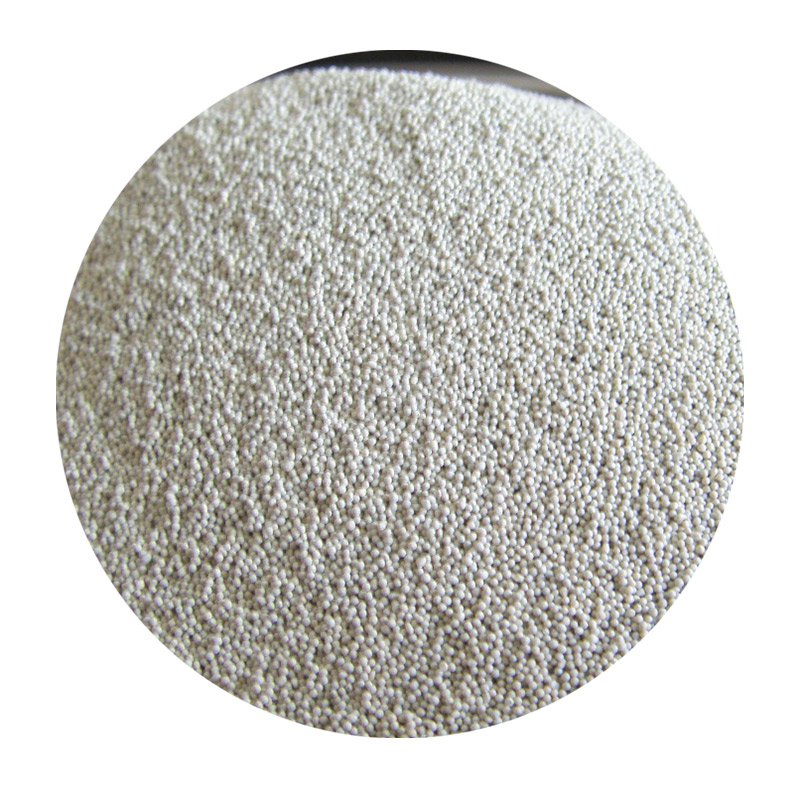Different Types of Foundry Sand
Foundry sand plays a critical role in the metal casting industry, making it essential for producing high-quality metal components. Various types of foundry sand are utilized, each with unique properties that cater to specific requirements in the casting process. This article explores the different types of foundry sand and their applications in the industry.
1. Silica Sand
Silica sand, primarily composed of silicon dioxide (SiO2), is the most commonly used type of foundry sand. Its high melting point, excellent mechanical properties, and good flowability make it ideal for producing molds and cores. Silica sand has a spherical shape that allows for optimal packing and casting performance. However, it can be prone to thermal expansion, leading to defects in the cast product if not managed properly. To enhance the performance of silica sand, it is often treated with bonding agents to improve its strength and durability.
2. Green Sand
Green sand refers to a mixture of silica sand, clay, water, and additives, which gives it a unique green hue due to the moisture content. This type of sand is popular in the foundry industry because it is cost-effective and easy to work with. The clay in green sand serves as a binding agent, providing excellent flexibility and strength to the mold. As the name suggests, green sand molds are typically used in processes where the mold is not baked or dried before pouring the molten metal. This type of sand is widely used for ferrous and non-ferrous metal castings, particularly in traditional foundries.
3. Synthetic Sand
different types of foundry sand

Synthetic sand, often made from materials like olivine or zircon, represents a tailored alternative to traditional silica sand. These sands can be engineered to meet specific performance criteria, such as thermal conductivity and resistance to thermal shock. Synthetic sands often exhibit superior moldability and reusability compared to natural sands. For example, olivine sand has a higher melting point than silica, making it especially suitable for high-temperature applications. Conversely, zircon sand boasts excellent thermal stability and is less reactive, which results in better casting surface quality.
4. Chromite Sand
Chromite sand is derived from the mineral chromite and is known for its high density and exceptional thermal stability. This type of sand is frequently used when producing molds for high alloy or steel castings, as it prevents the reaction of the mold with the molten metal, which can cause defects. Chromite sand also has low expansion rates, making it ideal for precision casting applications. Its ability to withstand high temperatures makes it a favorite in applications requiring detailed surface finishes and tight tolerances.
5. Zircon Sand
Zircon sand, derived from the mineral zircon, is prized for its high melting point and low thermal expansion. Due to its exceptional resistance to fluxing and excellent surface finish, zircon sand is often used in the production of high-quality molds and cores for precision castings. This type of sand is particularly suitable for casting stainless steel and non-ferrous metals. Although zircon sand is more expensive compared to other types, its performance benefits justify its use in high-stakes applications.
Conclusion
In conclusion, the choice of foundry sand significantly impacts the quality and efficiency of the casting process. Each type of foundry sand boasts unique properties tailored to meet specific casting requirements, thus helping foundry operators achieve desired results. From the versatile and cost-effective green sand to the high-performance synthetic and zircon sands, understanding the strengths and limitations of these materials is crucial for successful metal casting. As the industry continues to evolve, innovations in foundry sand are likely to emerge, further enhancing casting quality and performance.
Post time:nov. . 28, 2024 00:10
Next:Innovative Techniques in Lost Foam Casting for Modern Foundry Applications
